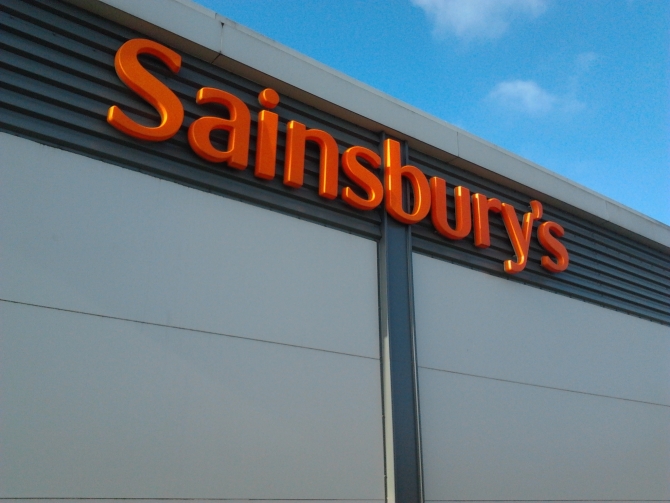Although the economic improvements have led to an increase in consumer spending, retailers are now facing a new problem; increased competition within the retail industry from both discounters and their market rivals. This has seen stores dropping prices in a bid to attract new customers, with the result that shop prices have now fallen at their fastest rate for at least six years.

According to the British Retail Consortium (BRC)’s Shop Price Index, the prices retailers charge for popular items fell by 1.8 per cent in June. Not only does this mark the 14th consecutive month in which prices have dropped for consumers, it also equates to the largest annual fall since the survey began in December 2006 and indicates that the pace of the decline will continue to accelerate.
Non-food items have seen the greatest drop in prices on a year on year basis, with an annual fall of 3.4 per cent beginning to eat into retailers’ margins. Clothing and footwear, in particular, have seen prices rapidly decline since last summer, with a 13.7 per cent plunge recorded by the BRC’s monitor.
At the other end of the scale, food prices continue to grow albeit slowly, with the 0.6 per cent year on year increase still markedly below the rate of inflation. This is somewhat surprising given the prevalence of discounters and the impact they have had on the supermarket price war, but demonstrates the pressures grocery retailers are under to ensure they are delivering good rewards for loyal customers.
Director General of the BRC, Helen Dickinson, believes that both the supermarket price war and the ongoing strength of sterling have both contributed to the shop price index’s findings.
She says; “Fierce competition among grocers has driven food price inflation to record low levels and with some grocers having announced plans to keep prices down, consumers stand to benefit for a while to come.”
Yet while this news is certainly good for consumers, many of whom are still struggling to reconcile the increased cost of living with sub-inflation wage growth, retailers may find themselves struggling to maintain strong bottom lines should this trend continue. Business rates continue to pose a problem and rising energy costs have pushed up monthly utility bills – a decrease in turnover is the last thing many retailers need in the current climate.
Supermarkets, in particular, are at risk of seeing their annual profits fall further, as both Tesco and Sainsbury’s, the leaders in the sector, have reported falling annual sales due to the number of customers turning to discounters. Although food prices continue to climb, therefore, this is largely due to suppliers and could see supermarkets making losses should prices continue to fall.
Consumers may be enjoying a much-needed drop in shop price inflation, but it remains to be seen the impact this trend will have upon the nation’s retailers in the next 12 months.